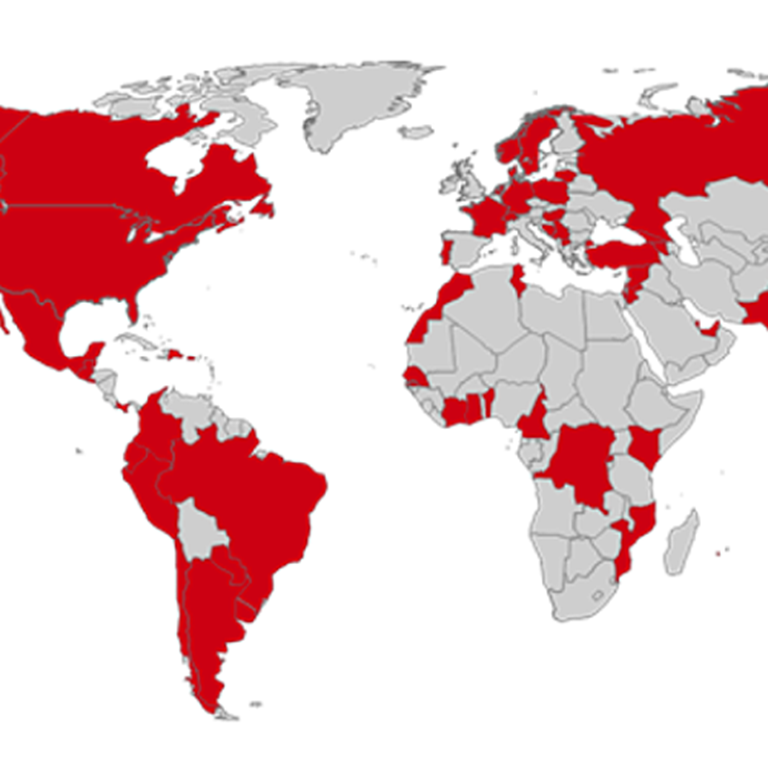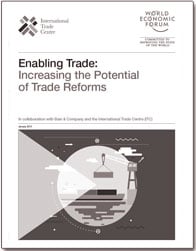World Economic Forum
Several countries have recently enacted trade reforms, spurred by such global initiatives as the Trade Facilitation Agreement (TFA) developed at the World Trade Organization Ministerial Conference in Bali in 2013, and various bilateral and plurilateral agreements.
The stakes are high for improving trade among countries. As detailed in previous reports, improving even a restricted set of supply chain barriers halfway to global best practices could expand trade by 15% and increase global gross domestic product (GDP) by nearly 5%. By comparison, completely eliminating tariffs could have a much less significant effect, increasing global GDP by just 0.7% and exports by 10%. Reducing supply chain barriers benefits nations, producers and consumers—the reason so many countries are on board. But World Economic Forum research has determined that the measures to streamline border administration spelled out in the TFA and other trade agreements are not enough. Improvements in infrastructure, the business environment and market access are also needed to create globally competitive industries. Enabling Trade: Increasing the Potential of Trade Reforms looks at these elements of trade, examining the gaps and potential improvements that governments can make in collaboration with the private sector.
Countries are trying to create more efficient border administration processes across regions in varying stages of economic development. Developing and least-developed countries have implemented about 39% of the trade facilitation measures laid out in the Bali agreement. The rate among African countries is somewhat lower, at 35%. Developing countries in the Americas, such as Costa Rica and Brazil, are enhancing efficiency with new Single Window projects. Meanwhile, advanced economies, such as South Korea and Singapore, which already have effective trade processes, are looking to improve further to keep their competitive edge; they are connecting their systems with a broader set of stakeholders and countries.

Easing trade barriers: Progress and opportunities
Reducing the supply chain barriers that exist beyond customs efficiencies at the border could increase global GDP by nearly 5%.
It has become clear that as governments pursue trade facilitation, those that take a “horizontal” approach achieve the most success. This approach involves identifying industries with the highest potential for competitiveness, and then taking an end-to-end view of each industry’s value chain. It locates the specific trade barriers that should be addressed to allow the industry to reach a “tipping point” where it becomes competitive, thus enabling the flow of goods. Given the heterogeneity in supply chain barriers, governments must understand their existing and potential industries, and highlight the costliest barriers. This tactic will be the most effective to address the supply chain obstacles that were detailed in Enabling Trade reports published by the Forum in 2013 and 2014.
This 2015 report uses case examples to illustrate supply chain bottlenecks and the ways that both national governments and the private sector can use ongoing trade reforms to either reduce or eliminate those hindrances. Trade reforms hold vast potential. For example, an estimated annual global cost savings of $77 billion can be achieved by removing all barriers halfway to best practices. This does not include further savings in capital costs that can be generated from streamlining import and export times. This is only the beginning of the story—cost savings will enable many more products to move, thus increasing trade, jobs and GDP levels to the dramatic levels mentioned.
